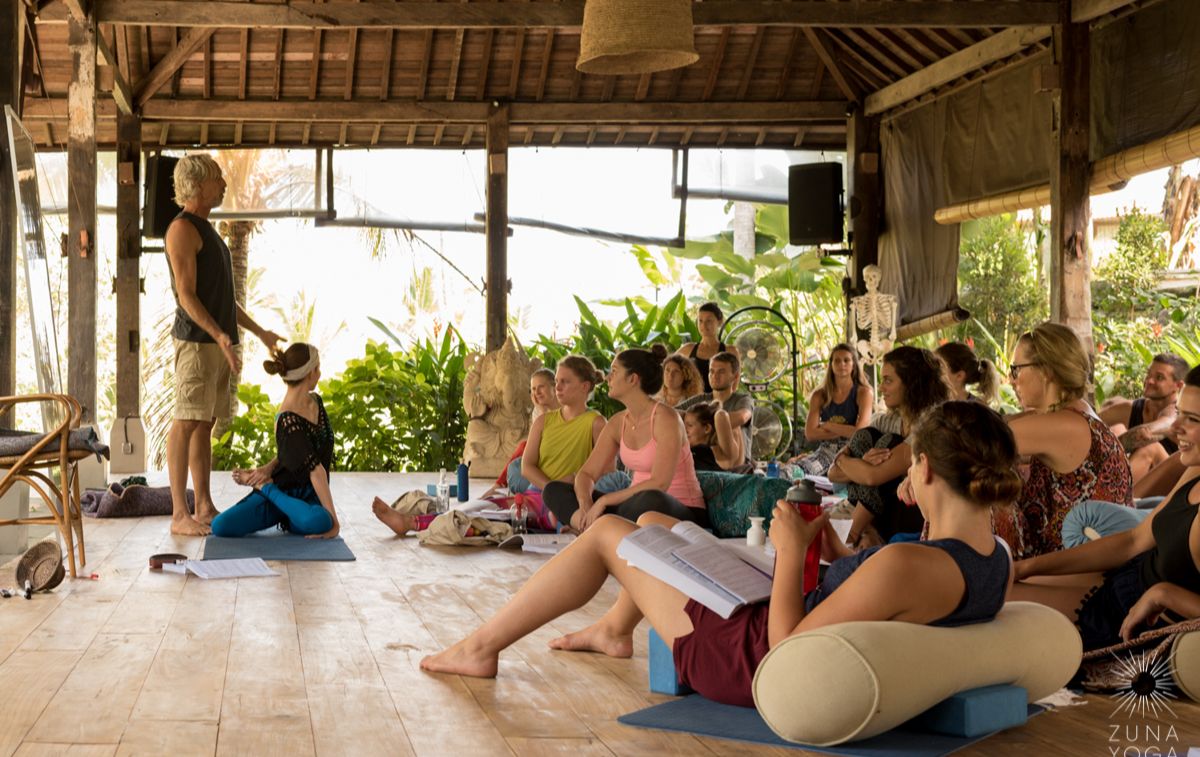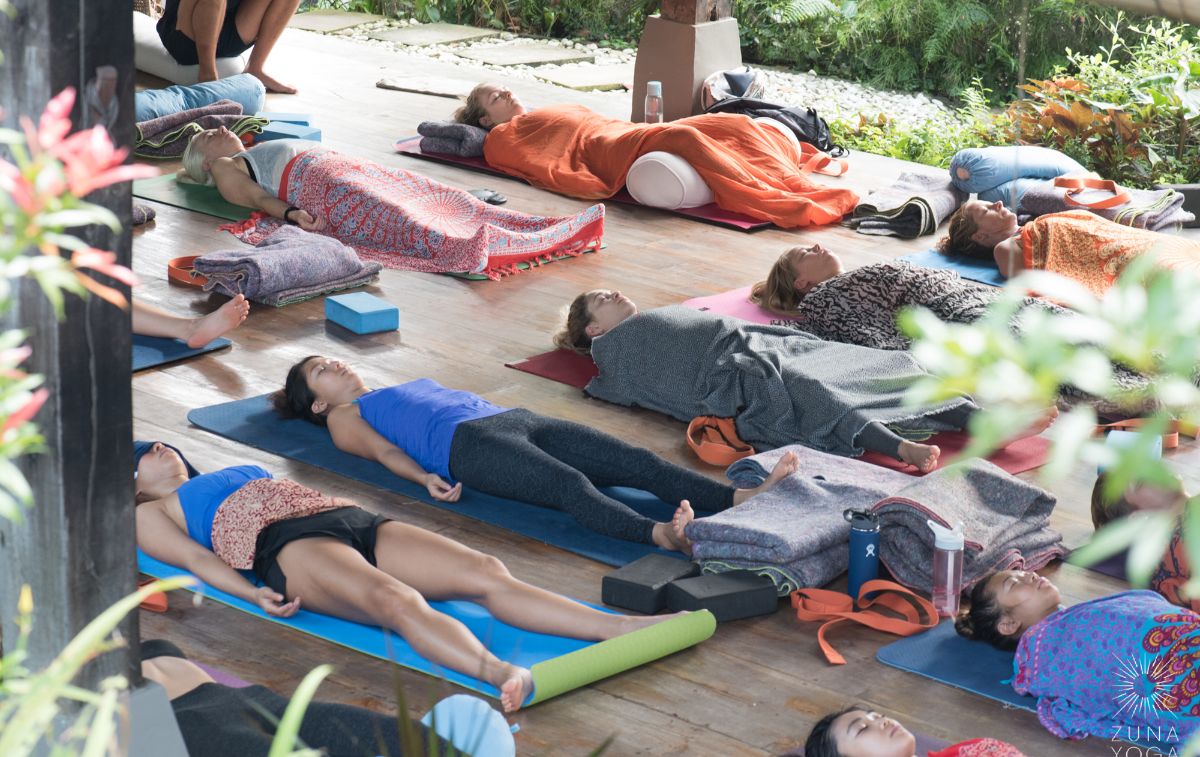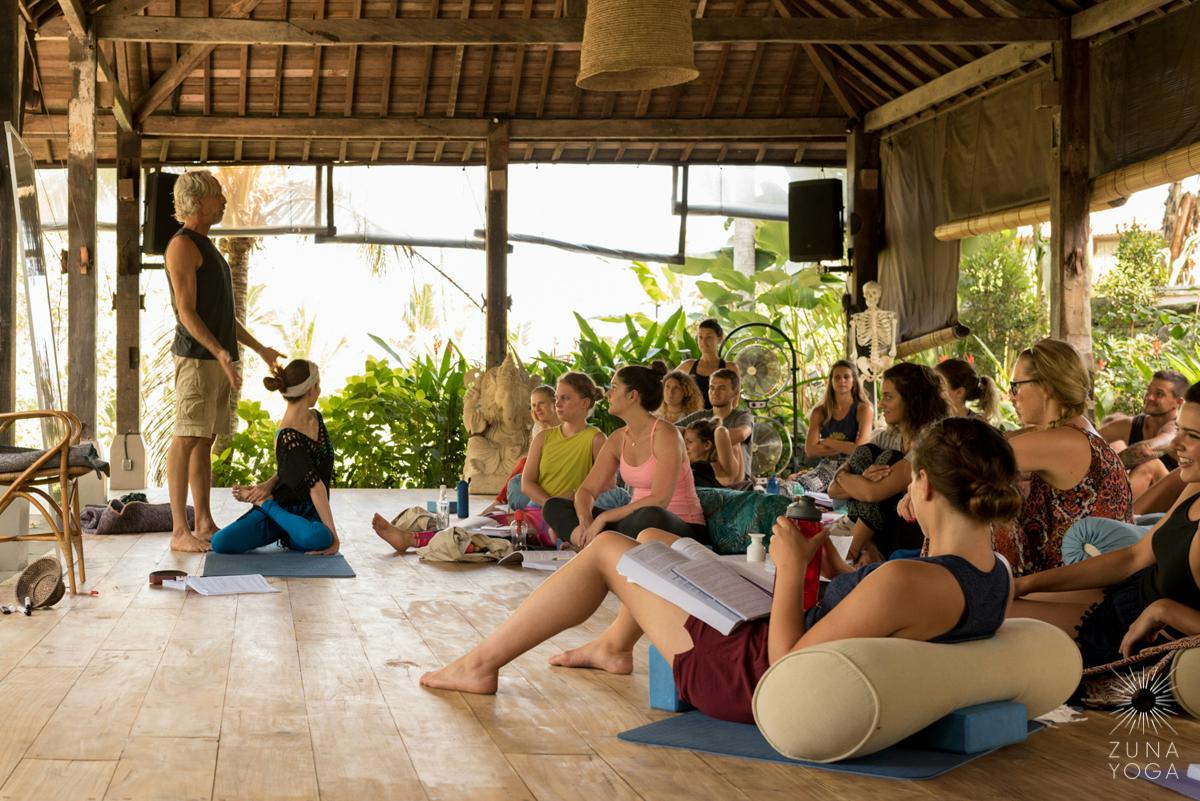by Hannah Liot, Zuna Yoga 200 hour yoga teacher training student
Emotions on the mat is an overarching term that can be used to describe a wide variety of intense sensations or reactions we have from practicing yoga.
Emotions on the Mat
In a yoga class, your teacher often guides you through a sequence of poses. What may usually be a calming and relaxing experience can also bring out intense emotions, depending on the day and the person practicing. The yoga mat can almost act as an emotional mirror.
The relationship between physical and emotional sensations is actually a very familiar notion to most of us. The best example is when you feel very sad, you often feel a weight in your chest or a “heavy heart.” When you're feeling happy and are laughing, you feel a sensation of lightness.
Similarly, moving your body can have an impact on your emotional being. In the book Yoga & Ayurveda, David Frawley explains that as you practice yoga, you are moving out of your subtle energy body.

Why You Experience Emotions on the Mat
Since the mind, body, and soul are interconnected, you can work through different layers of our energy body that hold emotions from past experiences. Oftentimes, energy in the body doesn’t flow properly and can become stagnant. The blockage of energy can be caused by a range of experiences, ranging from anything as severe to childhood trauma or something a bit more light, such as a stressful week at work.
Although an emotional release can come from any posture or physical movement, the hips are the largest joint in the body and where most people hold stress and emotional tension. Often asanas such as Pigeon Pose, Fire Log pose or Reclining Bound Angle pose in combination with pranayama allow space to enter the hips and stimulate energetic flow. This is when you could experience an emotional release.
Opinions amongst Yoga teachers vary on whether it is desirable or productive to force emotional releases from the body through specific yoga poses. However, the best way to experience an emotional release is not to force anything, but instead to create a safe space for yourself every time you begin your practice. In Yoga Sutra 11.46, Pantajali explains that while holding an asana, there should be a balance of effort and surrender. Aim for an awareness of your body while also relaxing into the posture. This balance cultivates an equilibrium in the body that allows you to deepen your practice.
Advice to Keep in Mind
The next time you move into an asana that opens your hips, take time to breathe and generate a loving and accepting space. Rather than force any type of emotion, allow your mind, body and soul to feel whatever comes as you move through your practice. The result is always illuminating.
References:
https://www.yogabasics.com/learn/emotional-release-through-yoga/
https://www.doyou.com/3-scientific-reasons-you-get-emotional-during-yoga-practice-81268/






